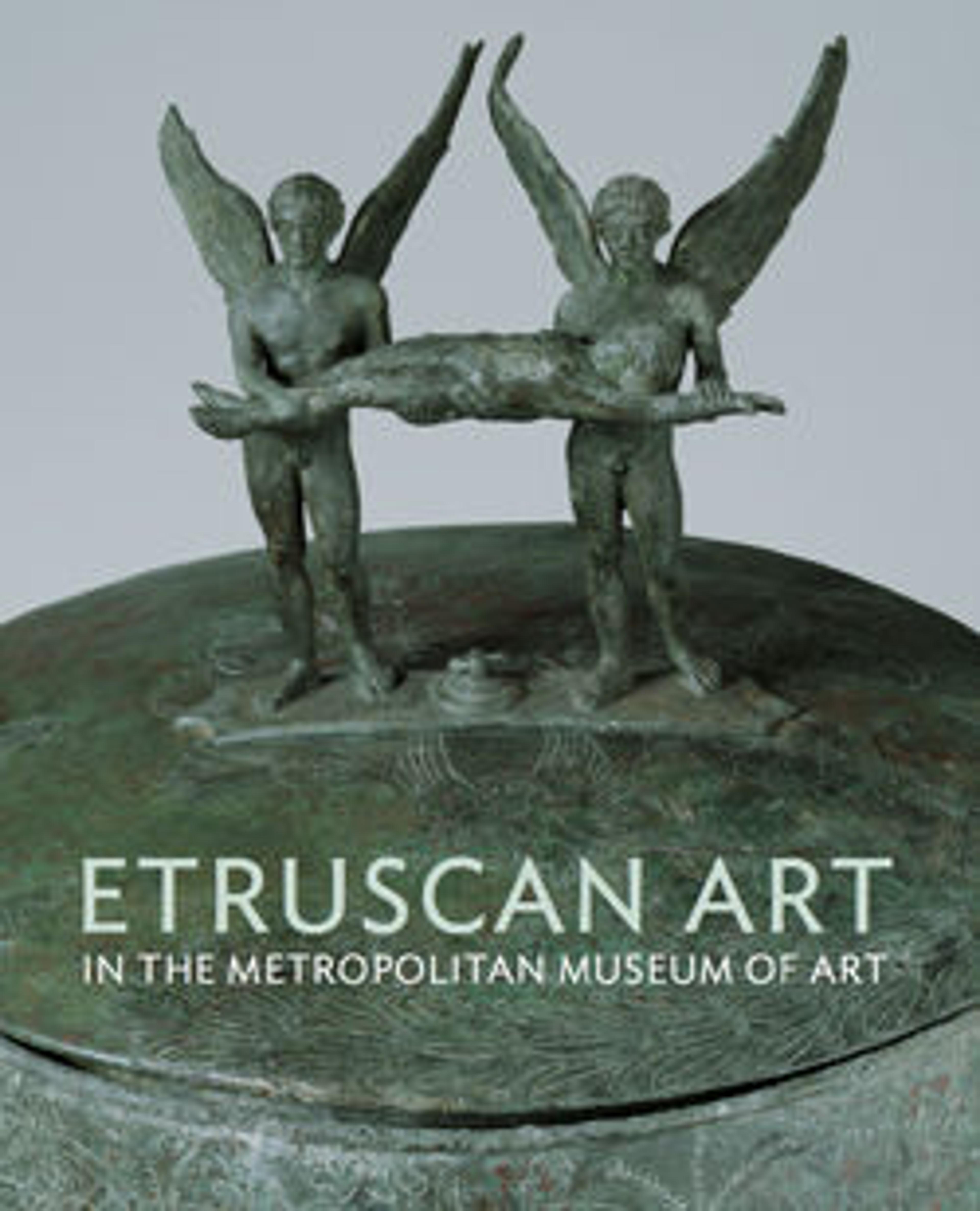Bronze dragon-type fibula (safety pin)
The pronounced elongation of pin and clasp indicates a relatively late date for this type of fibula, which was popular with men. Similar but less elongated versions have been found in Tarquinia, in the so-called Tomb of the Warrior of about 700 B.C. This tomb, discovered in 1869, contained the skeleton of a man of about seventy years. He was equipped with elaborate armor, weapons, jewelry, and a great deal of pottery.
Artwork Details
- Title:Bronze dragon-type fibula (safety pin)
- Period:Geomtric-Archaic
- Date:ca. 700–650 BCE
- Culture:Late Villanovan or Early Etruscan
- Medium:Bronze
- Dimensions:length 6 7/16in. (16.3cm)
- Classification:Bronzes
- Credit Line:Purchase, 1896
- Object Number:96.9.356
- Curatorial Department: Greek and Roman Art
More Artwork
Research Resources
The Met provides unparalleled resources for research and welcomes an international community of students and scholars. The Met's Open Access API is where creators and researchers can connect to the The Met collection. Open Access data and public domain images are available for unrestricted commercial and noncommercial use without permission or fee.
To request images under copyright and other restrictions, please use this Image Request form.
Feedback
We continue to research and examine historical and cultural context for objects in The Met collection. If you have comments or questions about this object record, please contact us using the form below. The Museum looks forward to receiving your comments.
